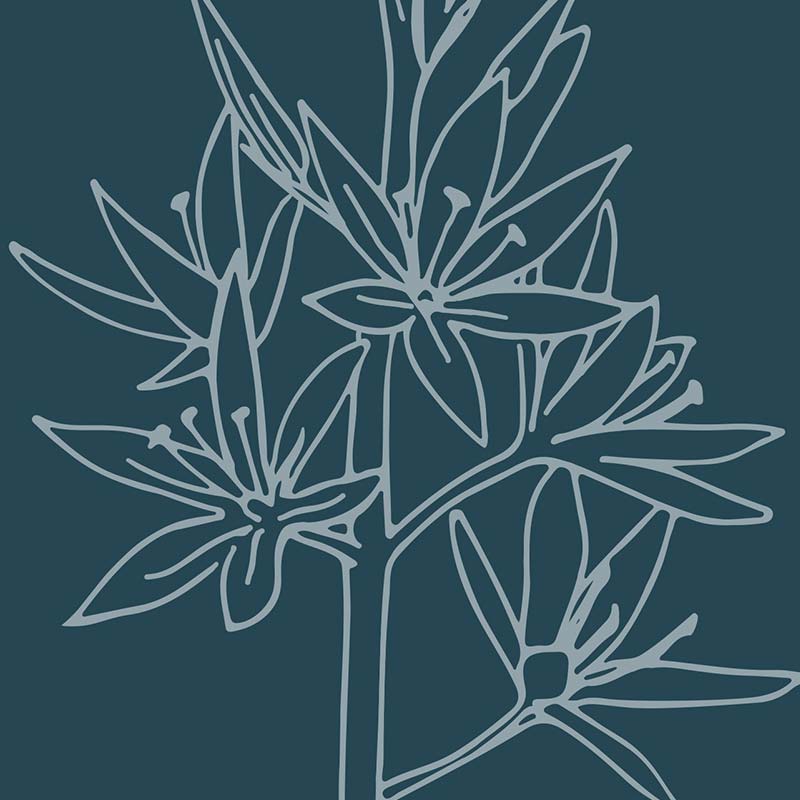
About Yellowhawk
Yellowhawk provides high-quality, primary healthcare for the Confederated Tribes of the Umatilla Indian Reservation (CTUIR) and other American Indians and Alaska Natives in Oregon’s Umatilla and Union counties.
Owned and governed by the CTUIR, Yellowhawk has provided its community members with health-related programs since 1996. A non-profit organization, the clinic promotes health and wellbeing through a number of services including:
- Medical and dental services
- Mental and behavioral health counseling
- Health promotion
- Disease and substance abuse prevention
- Community education and training
- Community wellness and much more.
The Tribal Health Commission, Yellowhawk’s governing body, is comprised of seven tribal members as well as one representative from the CTUIR Board of Trustees. Together, with the clinic’s Management Team, they work to encourage everyone to live a healthy lifestyle.
Our Vision
Our Tribal Community achieves optimal health through a culture of wellness.
Our Mission
Empower our Tribal Community with opportunities to learn and experience healthy lifestyles.
Core Values (pdf)
TAMÁNWIT. INTEGRITY. EQUITY. EXCELLENCE. COMPASSION. RESPECT. BALANCE.
Yellowhawk staff members are often asked by visitors how the health center was named. Mitzi Rodriguez, one of our former long-term employees, tells this story: “Piitamyanon Maqsmaqs”, which translates into Yellowhawk , was a Cayuse Chief. He was the last surviving brother among the Cayuse men in the 1850s. As such, Yellowhawk took on the chieftainship and signed the Treaty of 1855 on behalf of the Paszapu Band of Cayuse.
This Cayuse group was later removed from the Walla Walla Valley and relocated to the Umatilla Indian Reservation, which included the Walla Walla and Umatilla Tribes. Yellowhawk was survived by his son Phillip Minthorn whose daughter, Anna Cash Cash Minthorn Wannassay (my grandmother), was on the original health committee. Before the tribe assumed ownership and management of the Umatilla Service Unit, the Indian Health Service approached Anna’s family about an appropriate name for the health clinic. Anna’s family chose the name Yellowhawk for the clinic in honor of Cayuse Elder Anna Cash Cash Minthorn.
Historical Perspective
In 1855 the United States Government and the heads of the Walla Walla, Cayuse and Umatilla tribes signed a legally binding contract that never expires. In the treaty (pdf), the tribes gave the United States more than 6.4 million acres in what is now northeastern Oregon and southeastern Washington. In exchange, the tribes were promised many things, including ongoing healthcare for their people. However, governmental policies varied significantly over the years and healthcare services were not consistently available to tribal members until the late 1930s.
Chief Carl Sampson of the Walla Walla Tribe tells the following story:
“When I was a child and when I raised my children, we would go to the basement of the BIA (Bureau of Indian Affairs) building for healthcare. That building has been torn down. A doctor and nurse would come in from Pendleton once a month and offer basic shots and treat colds. I became very sick when I was five or six and no one was around to see me. I had to be taken to Pendleton, which was a big deal back then. I had contracted spinal meningitis, and I’m told that I could have died.”
Since time immemorial, long before the invention of the word “wellness,” CTUIR leaders have been concerned with the health of its people.
Despite political ups and downs, the CTUIR’s philosophy on healthcare remained constant, particularly in three areas:
- Lifestyle decisions are ultimately the responsibility of the individual,
- Wellness is a dynamic relationship between the individual and the environment, and
- The community should participate in determining its own healthcare needs.
It’s also important to note that the CTUIR is a model community in terms of participating in its own healthcare decisions. It was the first tribal group to utilize the Community Health Representative Program (established in 1968), and the first to own their own clinic (construction completed in 1972).
The Indian Self-Determination and Education Assistance Act of 1975 (Public Law 93-638) set the wheels in motion for the tribe to manage its own healthcare needs at a future date. Among other things, this law gave tribes the ability to determine how to use healthcare funds provided by the U.S. government. Around this same time, the American Academy of Pediatric Physicians recognized CTUIR as unique within the tribal healthcare system because of its emphasis placed on self-directed wellness and community-designed health initiatives. Case in point, in 1977, Yellowhawk sponsored its first Fun Run, when many people in the country considered the running of road races a trivial fad. Yellowhawk has always been forward thinking and innovative. In 1996, CTUIR assumed ownership and leadership of its tribal healthcare from Indian Health Services. Today, many tribes (there are more than 550 tribes recognized by the U.S. government) still do not own or govern their healthcare organizations.
Yellowhawk is designed with departmental colors for easy navigation within the building. Each color representing a plant of one of our traditional foods. The color concept follows the order of CTUIR First Foods.
Our native languages are incorporated into the new clinic.
Pyaxí (Green)
Lewisia Redivia

Administration
Patient Registration
Behavioral Health
Xáwš (Yellow)
Desert Parsley

Pharmacy
Medical
Lab / X-Ray
Xmáaš (Blue)
Blue Camas

Transportation
Physical Therapy
Optometry
Audiology
Tmis (Red)
Chokecherry

Facilities
Dental
Wíwnu (Purple)
Huckleberry

Public Health
Complementary Medicine
Maternal Child Health
WIC
YELLOWHAWK TRIBAL HEALTH CENTER AIMS FOR NET-ZERO ENERGY USE
Yellowhawk is the first tribal building in the state to enroll in Path to Net Zero from Energy Trust of Oregon, which offers incentives and resources to projects pursuing net-zero energy use. By working with Energy Trust early in the design phase, Yellowhawk’s team was able to incorporate features that make it 60 percent more energy efficient than a standard building of its type. For a community that values protecting natural resources, Yellowhawk Tribal Health Center marks another step toward a more sustainable future.
Learn more about Net-Zero Energy Use.
YELLOWHAWK TRIBAL HEALTH CENTER IS A WEAPONS FREE CAMPUS
FIREARMS & WEAPONS OF ANY KIND ARE PROHIBITED ON ALL YELLOWHAWK CAMPUS LOCATIONS.
